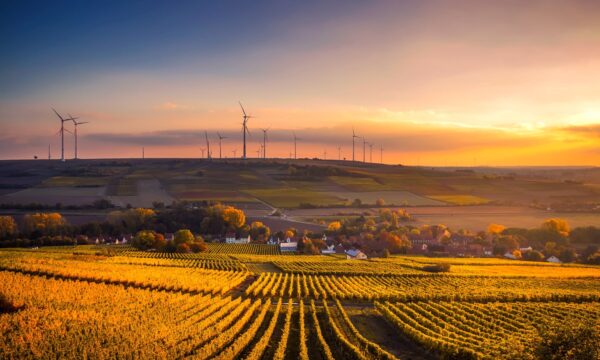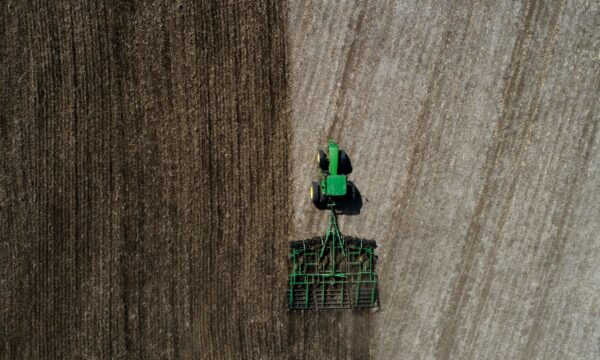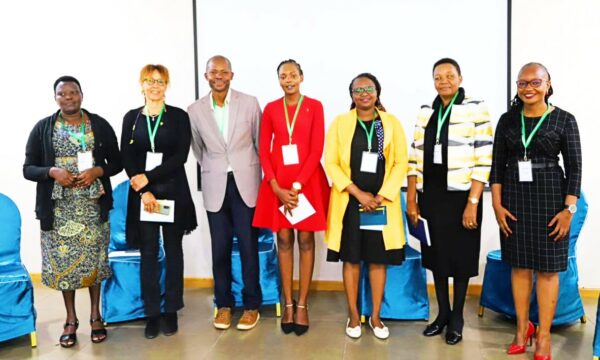Contributed by Farming First
 One billion farmers all over the world, responsible for growing the food that feeds the planet, are under unprecedented pressure from a changing climate. For eight months in a row now, temperatures have been the highest on record. Food shortages are affecting an estimated 100 million people in the wake of drought prompted by the strongest El Niño we have ever seen.
One billion farmers all over the world, responsible for growing the food that feeds the planet, are under unprecedented pressure from a changing climate. For eight months in a row now, temperatures have been the highest on record. Food shortages are affecting an estimated 100 million people in the wake of drought prompted by the strongest El Niño we have ever seen.
We urgently require ways of helping farmers preserve food security, and adapt to these harsher realities. We also need to ensure farmers can be part of the solution to climate change, given that food systems account for 19-29% of total greenhouse gas emissions.
“Climate-smart agriculture” is a term that has been developed to explore how farmers can meet these challenges. It aims to build consensus around which agricultural practices can contribute to increasing farm productivity and incomes; to building greater resilience to climate shocks; and to minimising agriculture’s greenhouse gas emissions – all in an equitable and sustainable manner. But this is no easy task.
To explain how climate-smart agriculture (CSA) works, the global sustainable agriculture coalition Farming First has teamed up with the Global Alliance for Climate-Smart Agriculture (GACSA) to produce a brand new animated video:
28 case studies have also been produced by Farming First supporters and GACSA members, to explore how climate-smart agriculture is already being implemented around the world. CABI, a member of GACSA, contributed a case study on its global initiative Plantwise.
Plantwise supports climate-smart agriculture by helping farmers reduce loses and therefore increase their agricultural productivity and incomes without using any additional land or inputs. This in turn improves farmers’ resilience to climate shocks. In this way, Plantwise supports countries in meeting their national food security, climate change mitigation and development goals.
To explore more case studies in this series, featuring stories from Costa Rica to Cambodia, visit www.farmingfirst.org/climate-smart-agriculture.
Related News & Blogs
Horizon scanning for climate-driven pest threats can prevent biodiversity loss
On International Day for Biological Diversity, CABI’s Dr MaryLucy Oronje looks at horizon scanning and pest preparedness – approaches that help prevent the spread of invasive species, a major threat to biodiversity. Horizon scanning for invasive pests…
22 May 2025




